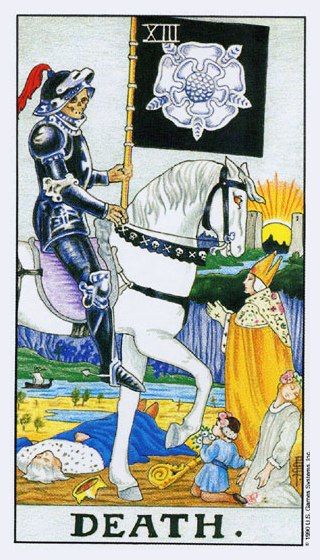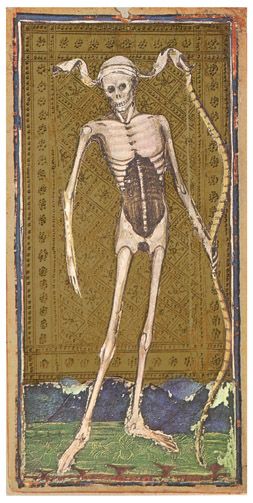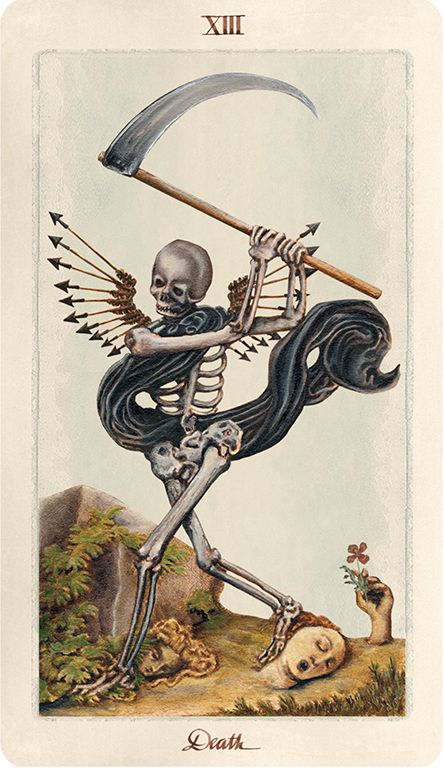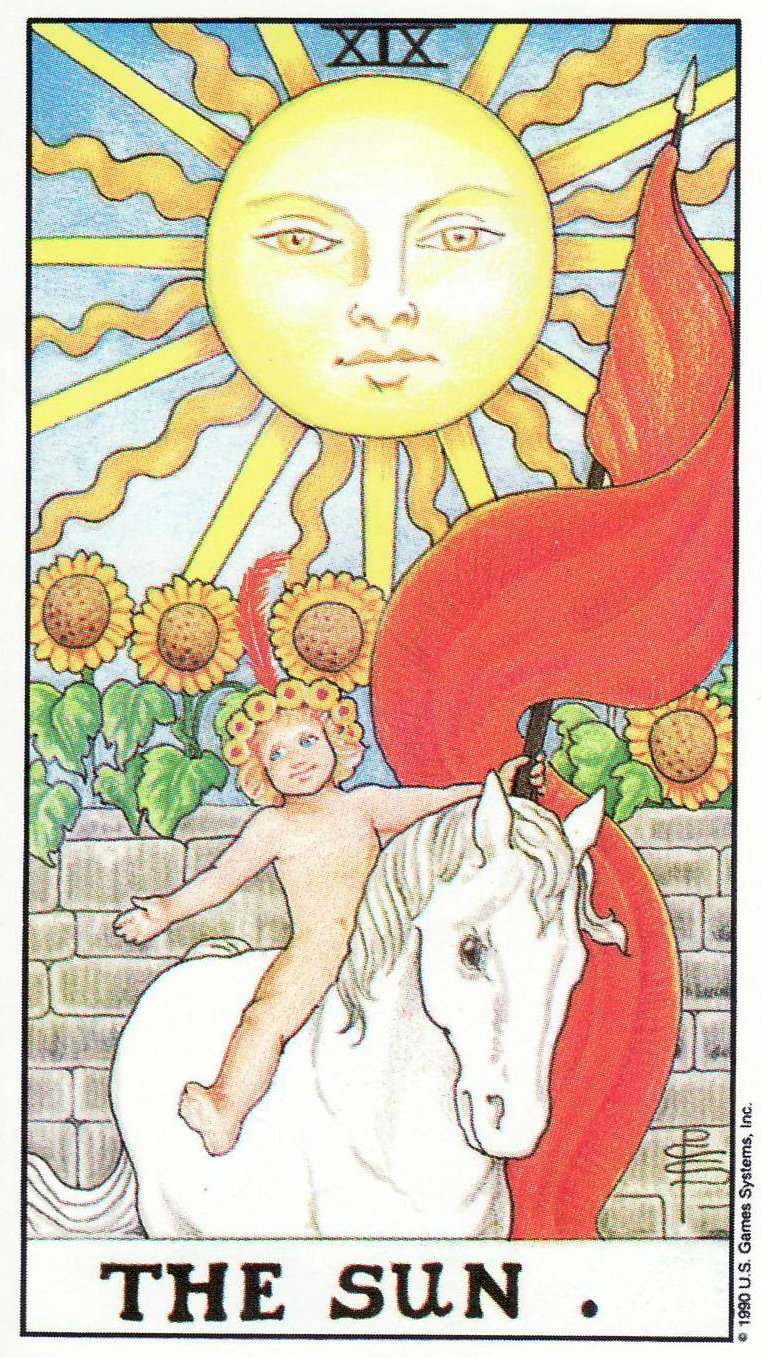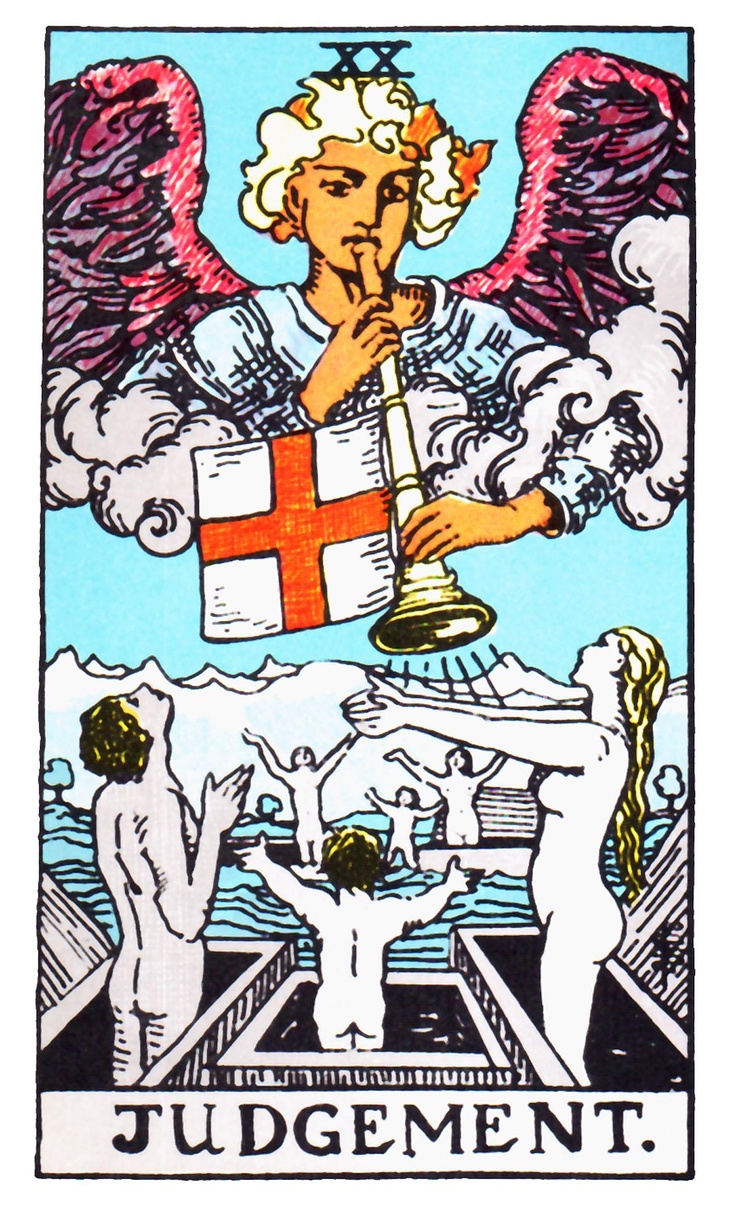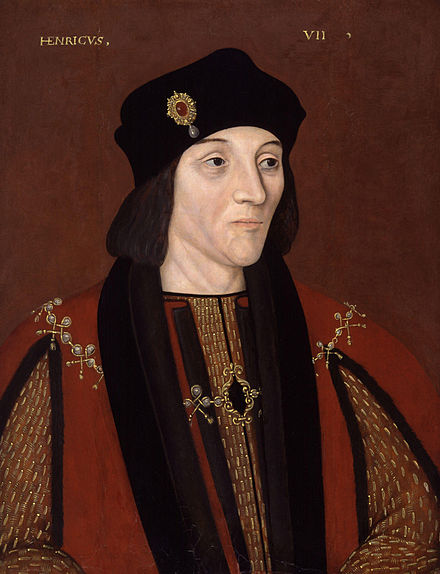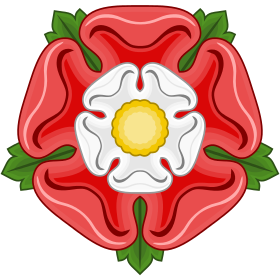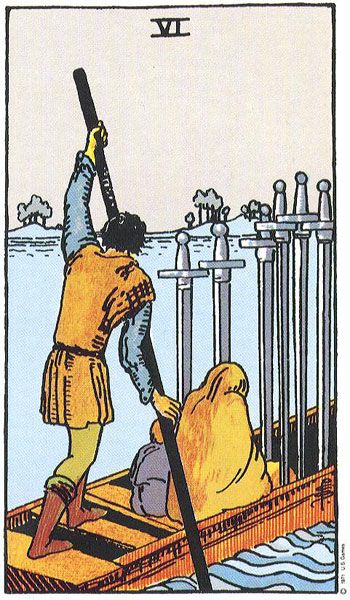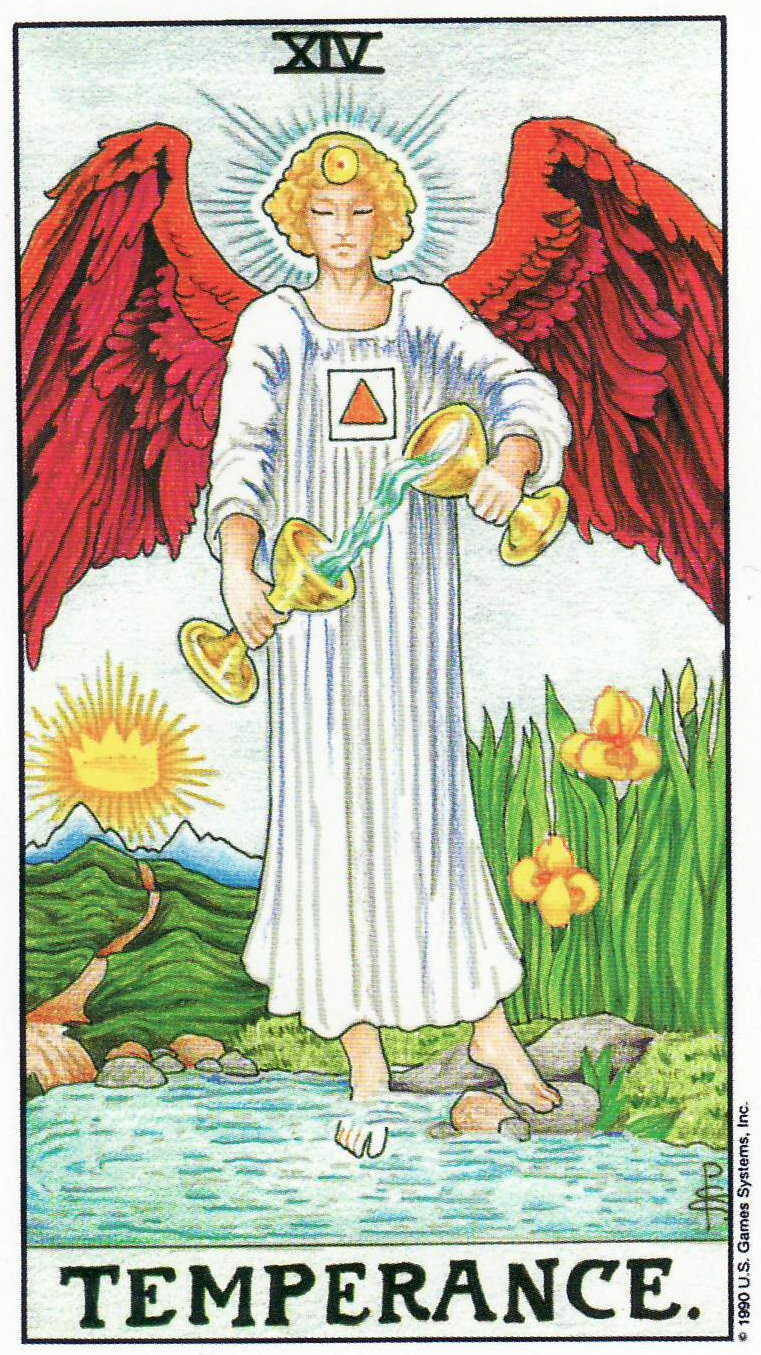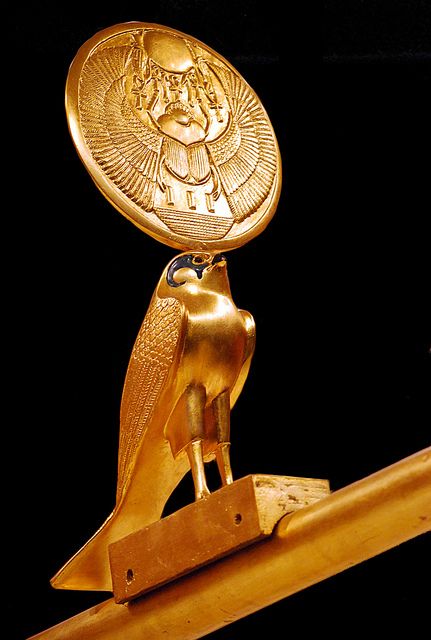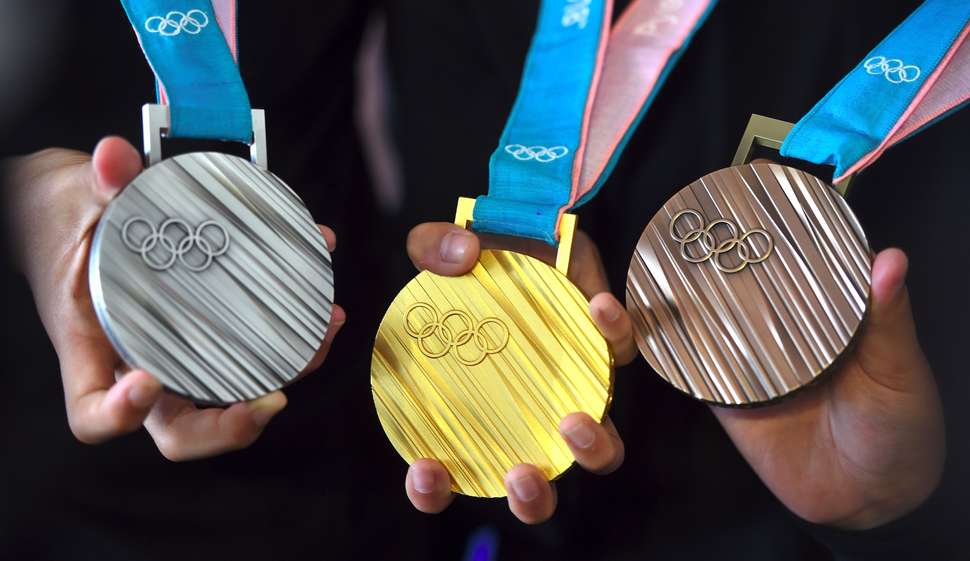The Sacred Symbolism of the Death Card
A menacing card of skeletal figures and morbid despair, the Death card has brought worry and anxiety to countless individuals. Though is true purpose of this memento mori to bring about fear? Or, is there something more complex going on within this image?
In my view the Death Card is a card of transformation and by reading the symbols you can uncover a beautiful narrative of death and rebirth. I view this card as equally about things ending and new things beginning. This is why the scene represented here occurs not at night but during the sunrise - A reminder that after the darkness comes light and that after death comes rebirth.
This card asks you to consider what needs to be cut out of your life so that new things can flourish, whether that be a relationship, a dead-end job, or anything that’s been preventing you from manifesting joy or success in your life. This card uses the metaphor of death and rebirth to remind us that after we make these difficult decisions we will be creating space for something new to flourish. This card tells us that we sometimes must take on the role of the horseman and commence with the difficult task of bringing things that no longer serve us or our goals to an end.
When we read the symbols in this image you begin to understand the profound complexities of this card. When looking at the horseman you are reminded of the Four Horsemen of the Apocalypse, after all it is said that ‘death rides a pale horse.’ While here in the Rider-Waite-Smith card he conjures images of the apocalypse, in many other interpretations, such as the Visconti-Sforza and the Pagan Otherworlds Decks, he is shown as a simple Grim Reaper wandering the land and collecting his souls.
Perhaps this macabre figure is even tied to the Knights Templar. When you look to the top of the image you see that this is card number 13. In 1307 King Philip IV of France sent out a secret letter across the realm that the Templar Knights were to be captured and killed on Friday the 13th. Even today the number 13 is considered unlucky. Perhaps our skeletal character in this image is one of these murdered knights coming back from the dead to kill King Philip. And indeed, there is a deceased king beneath the horses hooves. There’s also the idea, though unconfirmed, that the Knights Templars were guarding the Holy Grail. The Holy Grail is of course is a powerful object of transformation in of itself so it would make sense to connect the Knights Templars to this card.
The horse that Death rides is white, a color tied to ideas of purity. Death is therefore the ultimate purifier. All things are reborn fresh, new and pure and he passes by. He also rides the same horse as the child seen in the Sun card, so Death and Rebirth are connected through a purifying force represented by the horse. The skeleton in Death card and the Child in the Sun card also wear the same orange feather. Are they perhaps the same individual? Does Death go through his own transformation and become reborn as the child in the Sun card?
By looking at the other figures in the Death card you can see that Death does not discern between age, gender, or status. All are equal before death, so death is also the great equalizer. He destroys class structures and hierarchy as he passes.
The woman and child here even get their own transformation narrative as they appear once more, in the Judgement card, as figures rising to their rebirth in a better place.
The banner that death carries is not some morbid image, but a beautiful white rose. The white rose indicates beauty, purification and immortality. The white rose makes an appearance in the Fool Card which is the very first card in the Major Arcana. Once again we see how endings and death is always tied to beginnings and rebirth.
The specific rose seen on the banner ties to a real historical event known as the War of the Roses. York and Lancaster were the 2 families involved in the War of the Roses for the English Crown in the 15th century. The two rose symbols which represented these families were later combined to create the device for the Tudor dynasty. The marriage of Henry Tudor & Elizabeth of York brought about the end of the Wars of the Roses and started a new royal dynasty for England. The rose featured here in the death card is the Tudor Rose. After so much death from the War of the Roses, comes the peace and unifying force of the Tudor dynasty. So here England itself has gone through a state of transformation - from war and death to the rebirth of strength and prosperity.
Looking to the background scene in the Death card we see a long river with a solitary boat. Perhaps this is the River Styx from greek mythology where the souls travel from the realm of the living to the dead. There is another card in tarot that shows a boat traveling along the river. The Six of Swords is often seen as a card representing journeys and significant rites of passage. The idea of death and rebirth can definitely be seen as a journey and a rite of passage so could the woman and child in the Six of Swords be the same figures in the Death card? Is this a scene in their story line that occurs after they die in the Death card and before they reach rebirth in the Judgement card?
What happens to after you board the boat in the river styx? Where do you go next on your journey? Perhaps you travel to card number 14 - Temperance. Temperance represents balance, patience, and moderation. The water the angel pours between two vessels is flowing upward, defying the laws of gravity. Perhaps we two are traveling from a physical plane to a higher place of divinity.
There is a valley behind here as if we travel along a continuous route, from top edge of the death card, down into the valley of Temperance. You can see here that it is no longer the Winter of death, but it now Spring and one of the earliest spring flowers, daffodils, bloom by the pond.
The sun is also beginning to rise higher in the sky. Enclosed in the image of the sun is a crown. The crown in the Death card was a crown of status, hierarchy and power. Though as death travelled along the image, he brought equality to all the figures, so here the crown that rises is no longer a symbol of ego, but a symbol of higher ideals.
Once you pass through the realm of temperance, where do you travel next? Looking back at the death card we see two watchtowers you need to pass through before reaching the Sun. These watchtowers appear in the Moon card, a card of great mystery. The moon represents the subconscious, falsehoods, and even emotional instability. After all the Moon, or Lune, is the base of the word of lunacy. The moon card is also tied to the idea of the shadow self, which was a concept created by the great thinker, Carl Jung.
Here our pathway goes between two monolithic towers. With their one small window they look like guard towers which begs the question - What are they guarding? Are they meant to prevent us from visiting or understanding the darker aspects of our own subconscious. Maybe we wouldn't like what we find. Yet there is no gate or barrier between these guard towers, only a jagged pathway leading to yet another pond. Before we arrive at water we first must walk between the dog and the wolf. As we do so we delicately walk the road between or civilized or tamed selves and our wild or untamed side that we often try to pretend doesn’t exist.
The Moon card represents the unknown and that can be scary. And so is death, death is the unknown and it can be a terrifying concept. But here in the Moon card you have to bravely pass through this unknown and liminal space before you reach the stage of rebirth. As we reach the pond we greet our final challenge. Our own fears, here represented by the monstrous lobster creature, comes out the waters of the subconscious. To reach the Sun, you first need to face this monster head on and plunge into the depths of the unknown. Just like in the real world where we need to face our subconscious fears before creating any transformative change in our lives.
After you face the monster and passthrough the realm of the Moon card, you finally end up at the Sun, the place of rebirth. The Sun is also a symbol of the divine. Some of the earliest deities were Sun Gods and Goddess, such as Horus in Egyptian Mythology and Amaterasu in Japanese Shinto. Even today, it’s no coincidence that our olympic athletes are given a gold ‘sun disk’ to wear. There is this primal connection we humans feel to the Sun and idea of divine success. So here we are receiving our golden reward after making it through the river passage in the death card and past the great guard towers of the moon. We end up here, at the Sun, a perfect symbol of rebirth, vitality, and success.
When we get the Death card in a reading it forces us to face an uncomfortable truth. When it appears it means that our life is in stagnation and there are various forces preventing us from achieving our goals. As humans we reflexively stay in situations longer than we should because we fear transformative change. The Death card reminds us that only we are responsible for our life path and that occasionally need to become the horseman ourselves and cut what no longer serves us out of our life, whether that’s a dead end job, an abusive relationship, or a draining friendship. This is not meant to be an easy task, this is process (like the journey through the realm of the Moon Card) means facing our fears and taking action.
What is so brilliant about the Rider-Waite-Smith Death card is that is contains a whole narrative within its symbols. Reading tarot is not simply memorizing some keywords connected to each card. In my view tarot is about really looking, looking at the images, looking at the symbols, and understanding the wider idea or metaphor being presented. The role of the reader then is to comprehend these narratives and frame them so that they can bring guidance and understanding into our own daily lives.
If you’d like to learn more about the Death card you can watch the video below. Let me know your thoughts on these ideas and interpretations in the comments below.



